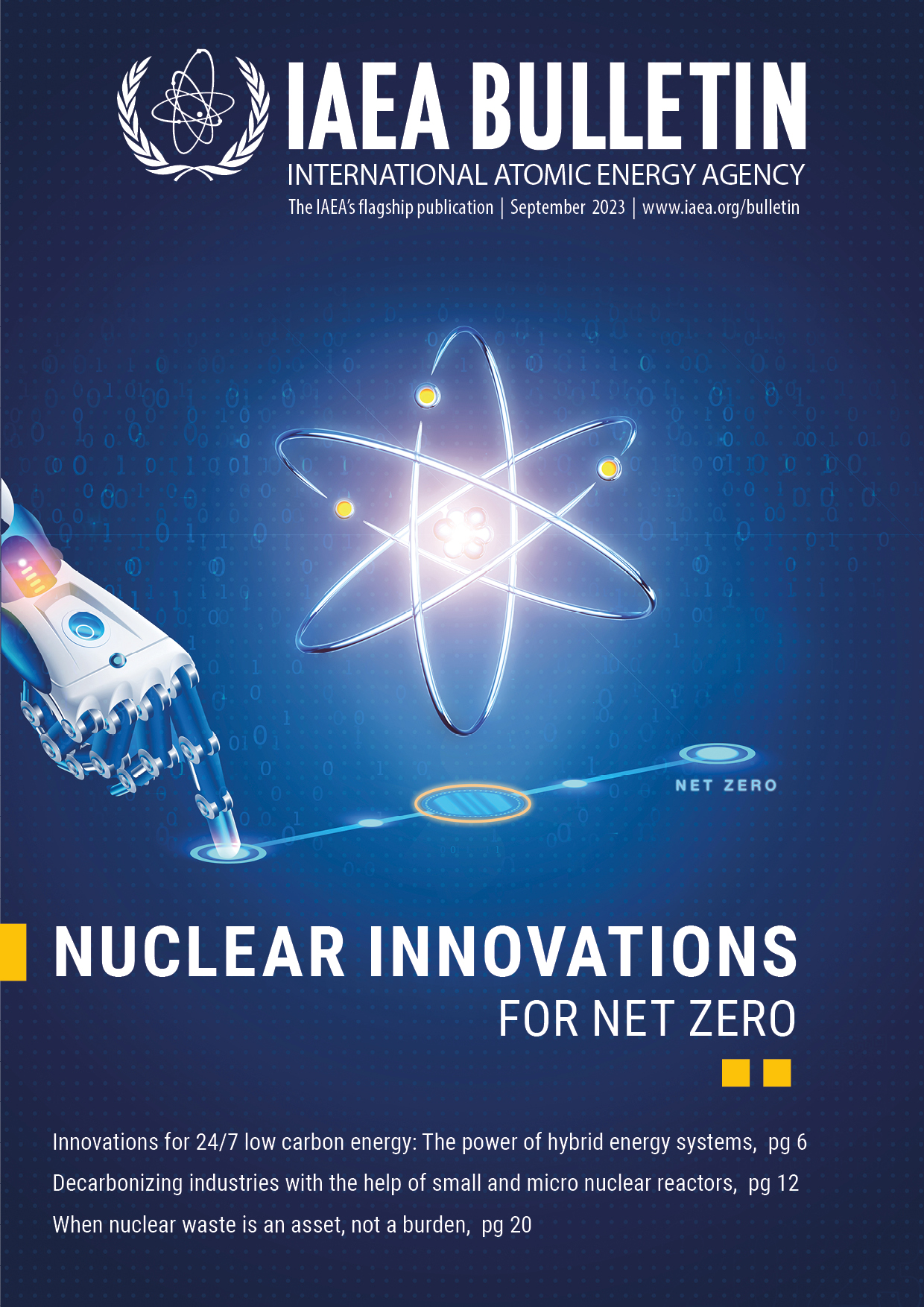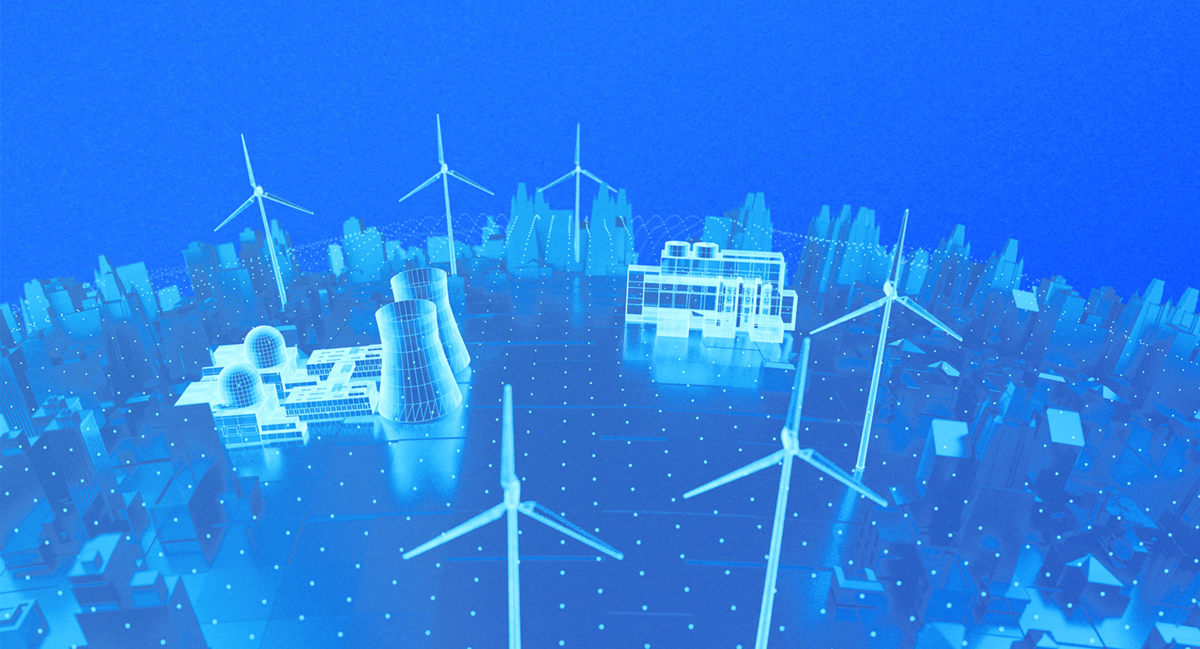The deployment of all low carbon energy sources is key to reducing emissions from the energy sector. As the share of intermittent renewable systems has increased in power grids to ensure a supply of low carbon energy 24/7, nuclear power plants are being used in hybrid energy systems (HESs) to fill in the gaps left by solar and wind electricity production.
Nuclear power is a dispatchable source of energy generation, able to adjust to changing energy demand, and it can generate enormous amounts of reliable, low carbon electricity around the clock. This stability is the reason why nuclear power has typically been used as baseload — operating continuously with little, if any, variation in output. Together with renewables, nuclear power also contributes to the stability of electricity grids by backing up the intermittent output of renewable sources. For example, some nuclear power plants in the United States of America regularly adjust capacity by around 10 to 15 per cent to reflect common variations in electricity demand and the intermittent contribution of renewables.
“Nuclear-renewable HESs offer a powerful synergy, combining the reliability and baseload capacity of nuclear power with intermittent renewable sources. This integrated approach holds the key to a resilient, low carbon energy future that can meet growing demand while mitigating climate change,” said Tatjana Jevremovic, IAEA Team Leader for Water Reactor Technology Development.
In order to decarbonize every hour of energy consumption, all carbon-free technologies will need to be utilized. The potential of synergies among these energy resources is still to be fully exploited, and experts are investigating the strategic advantages of directly integrating these system alternatives. Nuclear–renewable HESs seek to couple nuclear and renewable energy sources by leveraging each of their benefits. The goal is to supply the grid with dependable and sustainable electricity, while simultaneously offering low carbon energy to various sectors of energy consumption.

